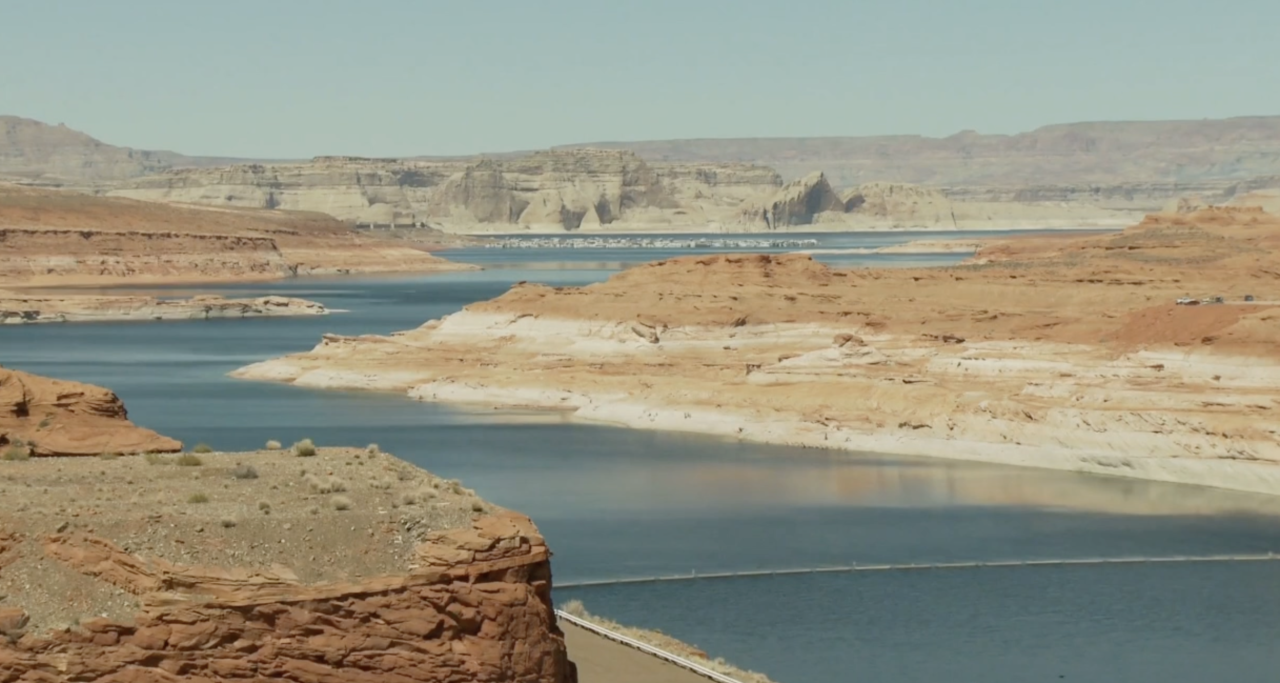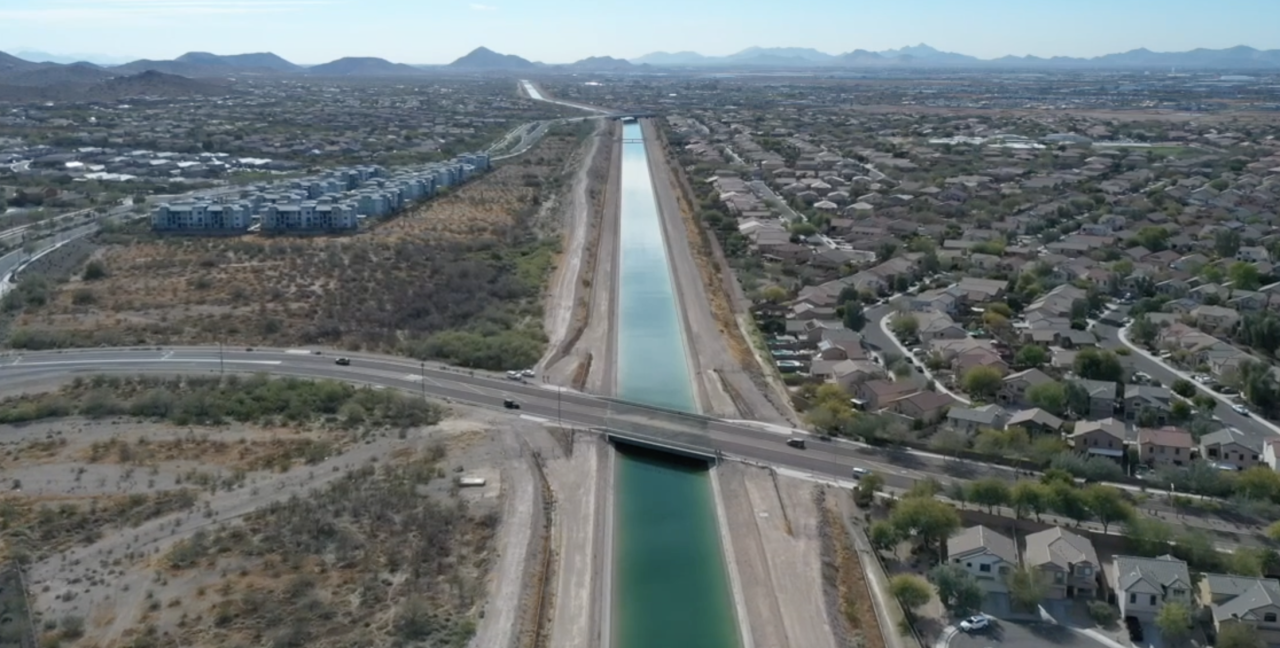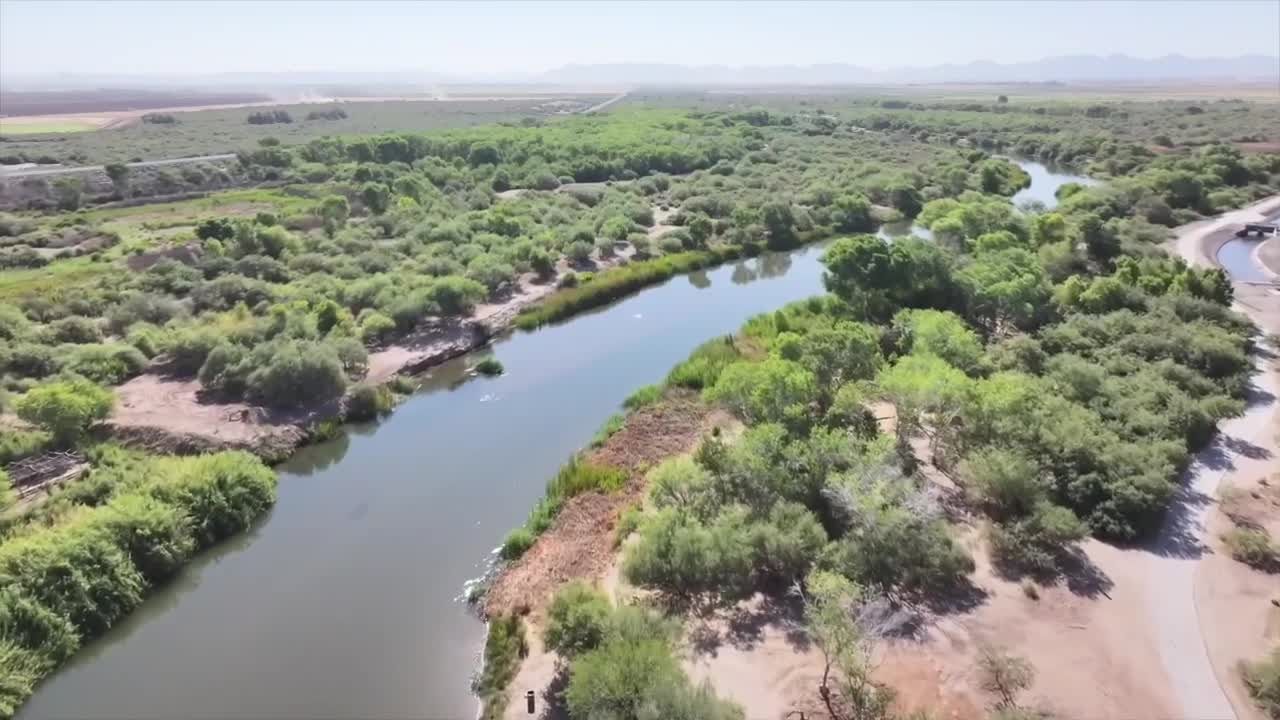Arizona is exploring some of its biggest water-supply ideas yet, unveiling seven proposals that could bring new sources of water into the state as the Colorado River continues to shrink and negotiations over future cuts remain stalled.
The plans, made public this week by the Water Infrastructure Finance Authority of Arizona (WIFA) include desalination concepts, cross-border water conservation partnerships, wastewater treatment projects, and new groundwater storage efforts.
WIFA leaders say the proposals give Arizona tangible options to move toward long-term water security.
“The actions of the board give WIFA the ability to enter into negotiations to purchase the proprietary projects that have been proposed on behalf of the State of Arizona,” WIFA Chairman Jonathan Lines said.
Three of the seven proposals involve desalination. In Arizona it has been a controversial idea to combat the drought as the process can be expensive, and the state isn’t close to a saltwater source.

Lines says the tech is progressing, and these new projects wouldn’t involve a pipeline to Arizona, but rather a water swap with either California or Mexico.
“There's more than 120 ‘desal’ plants worldwide and so the technology is there. It's proven technology,” Lines said. “We could exchange water, produce water for them, and transport it a very short distance, in exchange for off-taking from the Colorado River.”
Not every idea involves the ocean. Some focus on capturing water that typically flows out to sea, or upgrading wastewater treatment in other states.

Do you have a concern in your community or a news tip? We want to hear from you!
Connect with us: share@abc15.com
“Treating of wastewater and then taking water from the upper Sacramento area and building retention for that water that generally just flushes out to the ocean,” Lines said. “Helping California utilize that in exchange for the Colorado River rights.”
You can find a breakdown of each proposal now under consideration here.
The proposals come as Arizona and the six other river states remain deadlocked on how to share a shrinking Colorado River. Sarah Porter, director of ASU’s Kyl Center for Water Policy, says the moment is critical.
“One of our most important sources of supply, the Colorado River, is overstressed,” Porter said. “We're at an impasse.”
Porter says WIFA’s proposals are realistic and attainable, saying that while Arizonans have done a lot to become more water-wise, that alone won’t be enough.
“We cannot conserve enough water to make up for potential cuts in Colorado River water,” Porter said. “So we need to find other strategies.”
Arizona Governor Katie Hobbs met this week with Western leaders and the U.S. Department of the Interior to continue negotiating a river-sharing framework as the current agreement expires next year.

Hobbs and state negotiators have continued to push for a deal that doesn’t force Arizona to take the brunt of drought-related cuts.
“We’re talking to our users about how to implement those cuts but the Upper Basin won't do any,” Governor Hobbs said. “What we need from them is real, enforceable cuts.”
WIFA is asking Arizonans to weigh in on the proposed plans. The agency has opened a public comment portal where residents can review each proposal and submit their feedback. WIFA leaders say public input will help guide which projects, if any, move forward.
Formal negotiations between WIFA and the companies will begin next. It’s all a process Lines says could take time before shovels hit the ground.
“It's not a solution for today, it's a solution for tomorrow,” Lines said.






